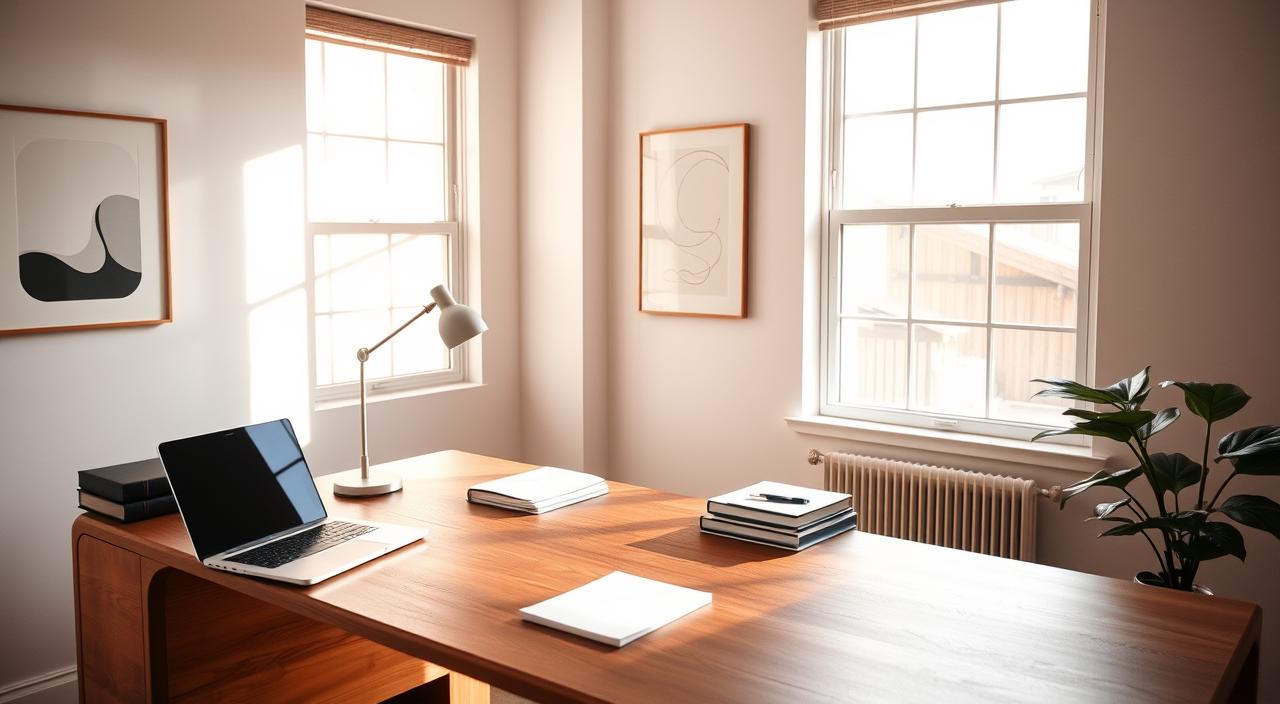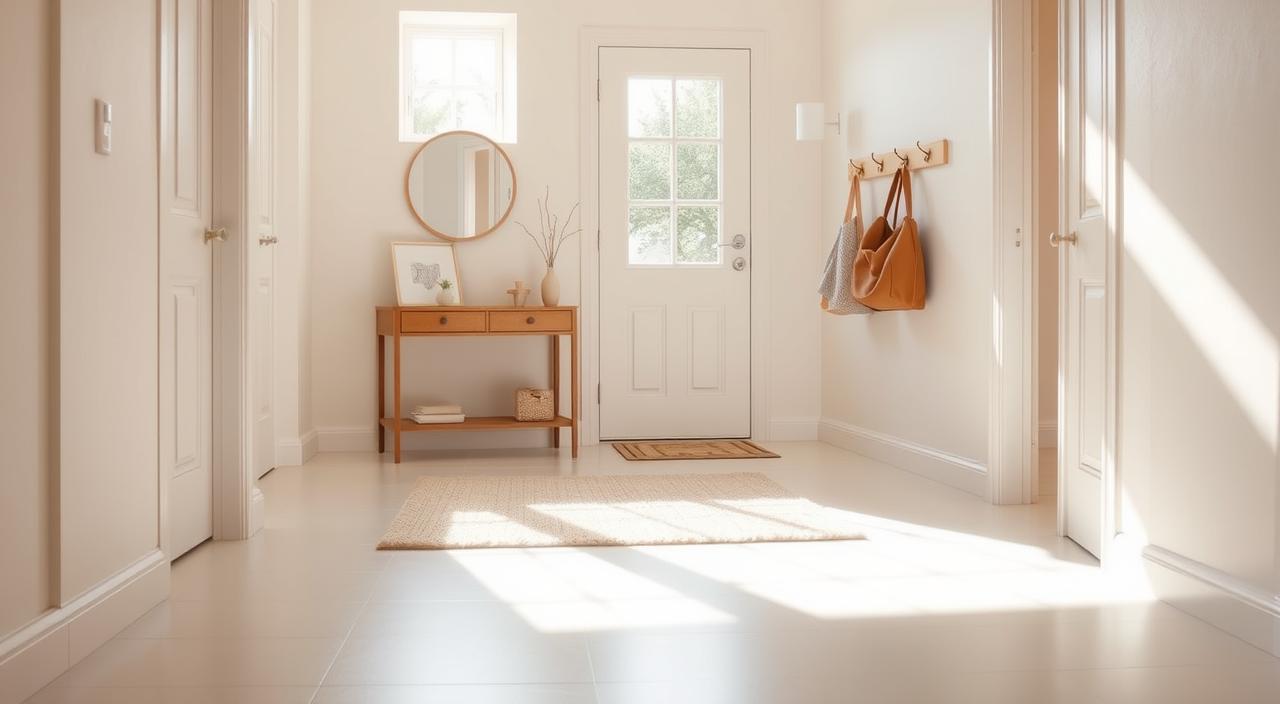Selling a home is more than just listing it on the market—it’s about making it irresistible to buyers the moment they walk through the door. In the UK, property experts say buyers form an opinion in as little as eight seconds. Those first moments are when the hidden costs of a cluttered home start to take their toll.

Clutter might seem harmless, but it can subtly undermine your home’s appeal, create a negative perception about space and upkeep, and cost you both time and money during the sale. In this guide, we’ll explore exactly how clutter impacts your property value, why it slows down the selling process, and how to fix it before buyers even notice.
Why the Hidden Costs of a Cluttered Home Matter
Many sellers underestimate the role presentation plays in the selling process. Yet, buyer psychology shows that people often make emotional decisions before logical ones. A clean, open, and organised home sparks positive emotions; a cluttered one creates mental resistance.
First Impressions are Hard to Reverse
If a hallway feels cramped or a kitchen counter is covered in appliances, buyers may conclude the home is short on storage or poorly maintained. These impressions can stick, even if the rest of the property is in good condition.
The Link Between Clutter and Market Performance
The Home Staging Association UK & Ireland reports that staged properties can sell up to three times faster than unstaged ones. This means the longer you wait to address clutter, the more it could cost in price reductions and ongoing mortgage payments.
How the Hidden Costs of a Cluttered Home Show Up in Real Sales
1. Reduced Perceived Size
Even large rooms can appear cramped when overcrowded with furniture or personal items. Visual space matters as much as actual square footage.
2. Poor Light Distribution
Clutter absorbs and blocks natural light, making rooms feel darker and less inviting.
3. Negative Storage Signals
Overflowing cupboards or wardrobes suggest a lack of storage. Buyers often open built-ins to check space, and a messy interior sends the wrong message.
4. Emotional Turn-Off
A busy, chaotic environment can stress buyers, making it harder for them to picture their own lives in the home.
High-Impact Areas to Declutter First
| Area | Key Actions | Why It Matters |
|---|---|---|
| Entrance/Hallway | Remove coats, shoes, post | Sets an inviting first impression |
| Living Room | Remove excess furniture, open up seating | Improves light and flow |
| Kitchen | Clear worktops, hide appliances | Shows workspace and storage |
| Bedrooms | Use neutral bedding, tidy wardrobes | Emphasises comfort and space |
| Bathrooms | Minimal décor, polished fixtures | Adds a spa-like touch |
The One-Year Rule: A Decluttering Shortcut
A quick way to make decisions without hesitation is the One-Year Rule—if you haven’t used an item in the past 12 months, decide whether to keep, donate, sell, or store it.
| Action | Example | Benefit |
|---|---|---|
| Donate | Unworn clothing | Clears wardrobes & helps charity |
| Sell | Extra furniture | Generates cash & opens rooms |
| Store | Seasonal gear | Frees everyday storage |
| Recycle | Old paperwork | Reduces clutter instantly |
Avoiding the Hidden Costs of a Cluttered Home with Smart Storage
Use the Two-Thirds Storage Rule
Keep all storage areas no more than two-thirds full. This visually suggests ample space and organisation.
Off-Site Storage Solutions
Consider short-term external storage or “storage-by-the-box” services. They collect items from your home, store them securely, and return them after the sale—often for less than £1 per week per box.
Room-Specific Storage Tactics
- Kitchen: Install pull-out racks and drawer dividers.
- Bedroom: Use under-bed boxes for seasonal clothes.
- Living Room: Opt for furniture with built-in storage.
Styling to Offset the Hidden Costs of a Cluttered Home
Go Neutral for Broad Appeal
Replace bold wall colours with light neutrals to reflect more light and appeal to more buyers.
Minimise Personal Items
Remove family photos and highly personalised décor so buyers can imagine their own lives in the space.
Layer for Warmth Without Clutter
A throw, a plant, and a single piece of artwork can make a room feel welcoming without overcrowding it.
Viewing-Day Reset: A Quick Routine
Morning of the viewing:
- Kitchen Sweep: Clear surfaces and wipe appliances.
- Fresh Bedding: Neutral colours, neatly made.
- Bins & Pets: Empty all bins, hide pet beds and bowls.
- Light & Air: Open curtains and windows, switch on lamps.
- Scent & Style: Use a subtle citrus spray or fresh flowers.
Long-Term Benefits of Tackling Clutter Before Selling

Faster Sale
Less time on the market means fewer mortgage payments and reduced utility bills during the sale period.
Higher Offers
A well-presented home attracts competitive bids, reducing the risk of low-ball offers.
Easier Move
Packing is simpler when you’ve already removed unnecessary items.
Final Tips for Avoiding the Hidden Costs of a Cluttered Home
- Start early—decluttering takes longer than you think.
- Tackle one room at a time to avoid overwhelm.
- Pair decluttering with light cleaning to maximise impact.
- Use storage and staging as a combined strategy, not separate tasks.
Conclusion
The hidden costs of a cluttered home are more than just aesthetic—they affect how quickly you sell, the offers you receive, and the overall stress of the process. By identifying problem areas, applying the One-Year Rule, using smart storage solutions, and maintaining a simple viewing-day reset, you can position your property to sell faster and for a better price in the UK market.